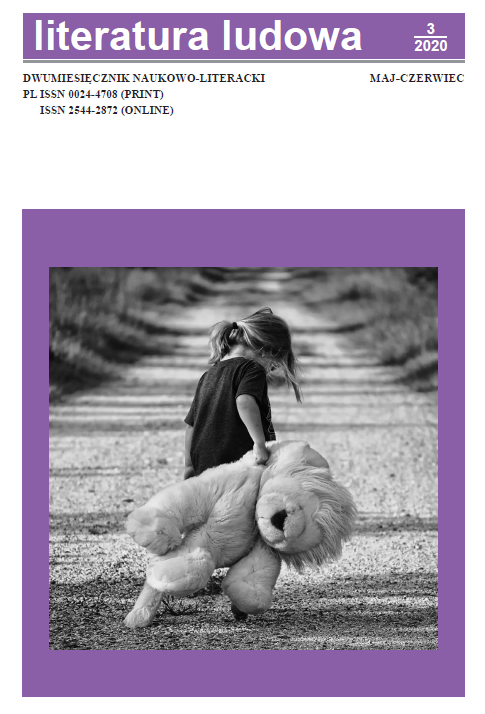OOСОБЛИВОСТІ МУЗИЧНОЇ ПОЕТИКИ КРИМСЬКОТАТАРСЬКОЇ НАРОДНОЇ ЕМІГРАНТСЬКОЇ ПІСНІ «AЙТЫР ДА АГЪЛАРЫМ» («CКАЖУ ТА Й ПЛАЧУ»)
The Peculiarities of Musical Poetics in The Folk Emigrant Song by Crimean Tatar “i’d Say and Cry” (“aityr Da Aglarym”)
Author(s): Olga HumeniukSubject(s): Language and Literature Studies, Customs / Folklore
Published by: Polskie Towarzystwo Ludoznawcze
Keywords: Crimean Tatar folklore; emigrant song; lyrics; musical poetics
Summary/Abstract: Scientific studies of Crimean Tatar folklore, in particular emigrant songs, began in the late 19th – early 20th centuries. Important contributions to this research were made by suchfolklorists as O. Olesnitsky, Ya. Sherfedinov, A. Refatov, Yu. Bolat, Ibr. Bachshish, F. Aliev, A. Veliev. However, the artistic world of Crimean Tatars’ national emigration song has notbeen studied thoroughly until now. The song “I’d say and cry” (“Aityr da aglarym”) occupies an exceptional place in CrimeanTatars’ emigrant folklore. It includes the motifs of a bitter farewell with native land, anxious marine trip, disasters in distant country. This song is peculiar by its strophe structure and rhythm. A title that comes from short refrain line reminds a piercing exclamation. Intensifying particle da gives the special resiliency. This intensifying particle can be consideredas particle among particle, rather as an exclamation among exclamation, because a refrain line plays the same intensifying role between other song lines, where another exclamation(“ei yar”) also appears. Such atypical verse form underlines intonational, figurative, narrative strokes of lyrical expression. Combination of them helps to depict the striking pictureof human suffering. This composition is not only sufficiently old, and is widespread. Its different variants according to toponyms, that appears in them (from Yevpatoria to Kerch),and belong the dialectal features of literary text to the different Crimean region. The long chants (singings of one sound), which are typical of oriental musical poetics, play an important role in the art system of this song. We can say this also about pauses, stops, detentions and prolonging of notes, which sound similar to moaning and groaning, thereby expressing such human distresses as inexorable solitude and an impossibility to returning to something light and sweet, which belongs to past. The means of musical expressiveness of this song effectively support the literary exposition. They strengthen the lyrical anxiety and dramatic depth of the folk text.
Journal: Literatura Ludowa
- Issue Year: 64/2020
- Issue No: 3
- Page Range: 41-48
- Page Count: 8
- Language: Ukrainian

